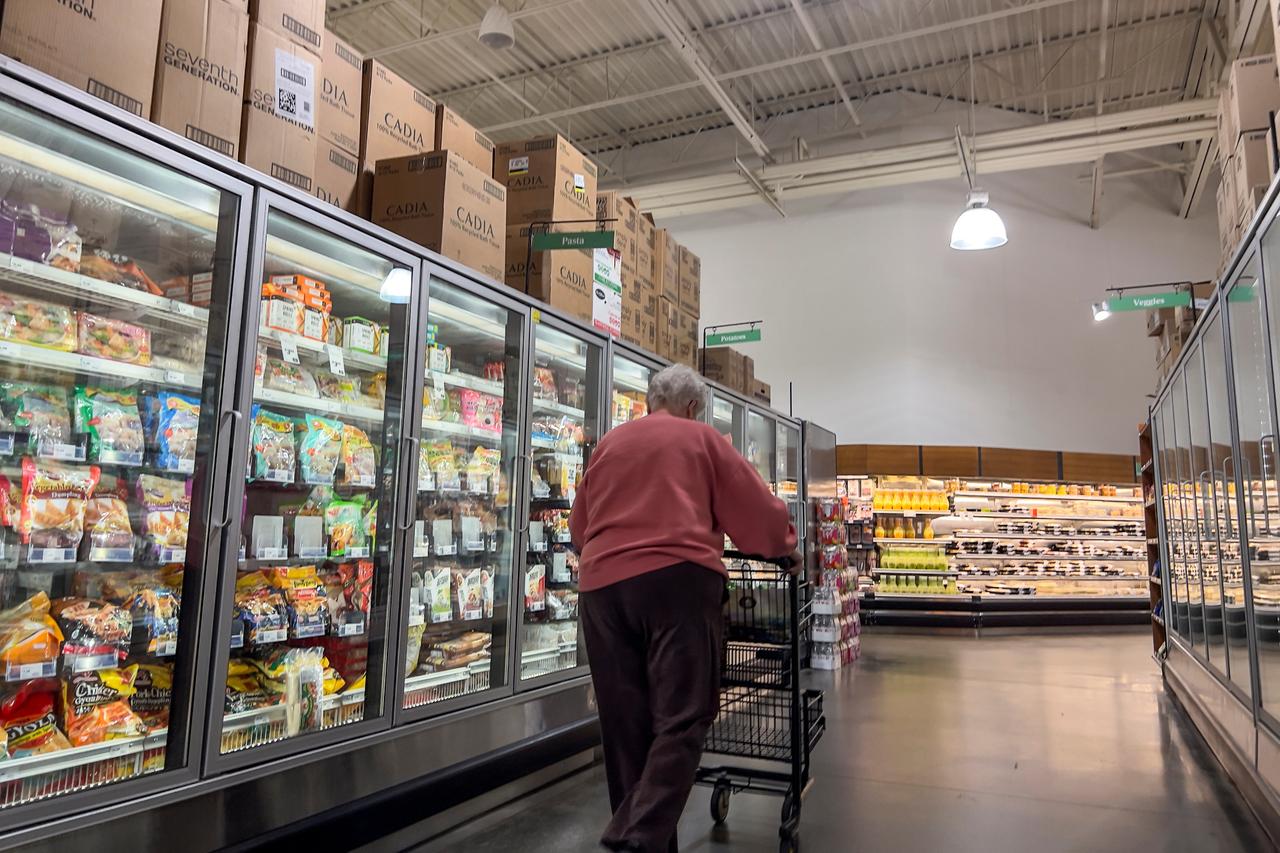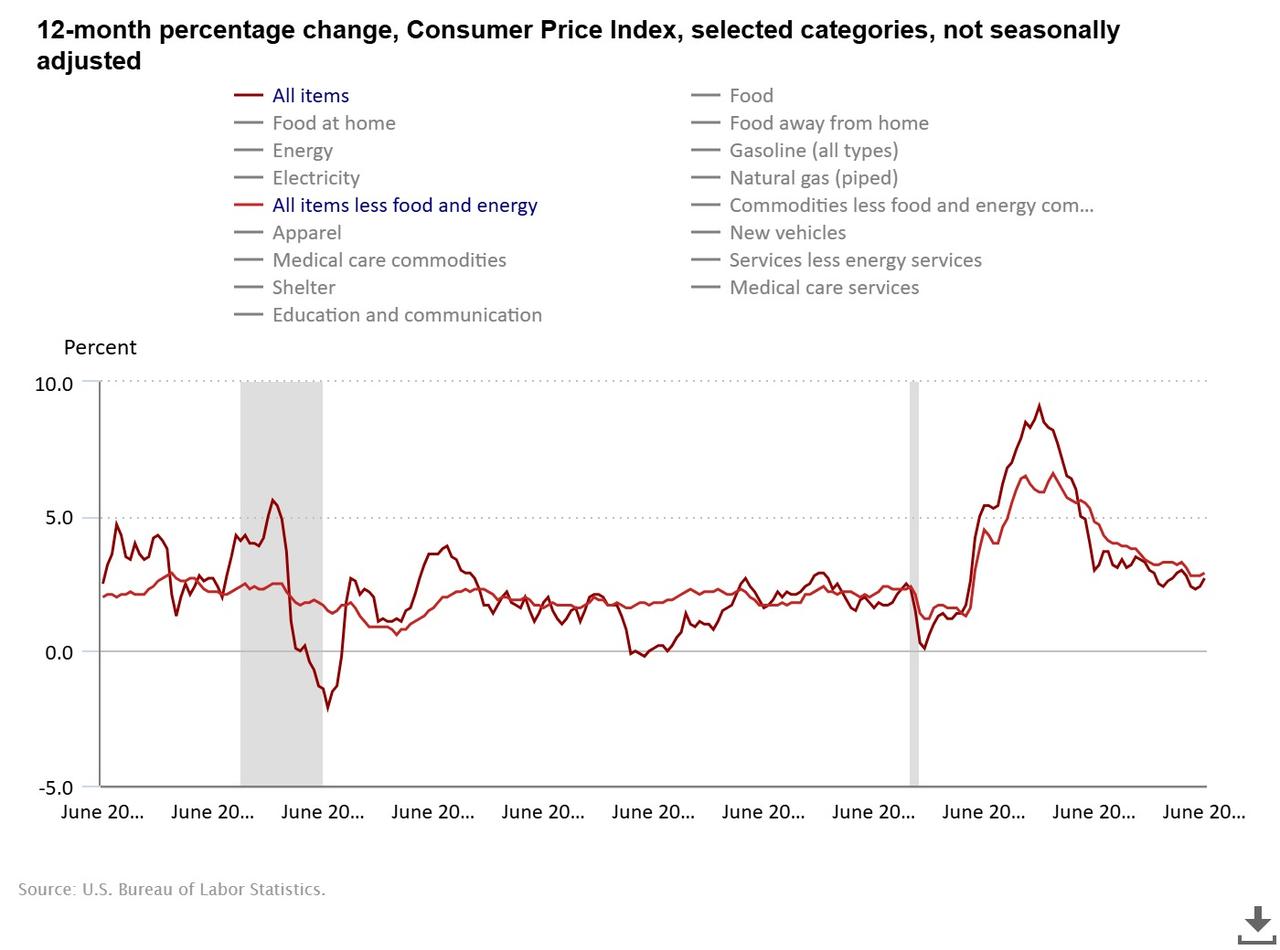
The annual inflation rate in the United States rose to 2.7% in June, up from 2.4% in May, the U.S. Department of Labor reported on Tuesday.
Every month, the consumer price index (CPI) increased by 0.3%, following a 0.1% rise in May, it added.
June’s uptick slightly surpassed market expectations, which stood at 2.6%.

Beyond energy costs, which contributed to the overall rise, notable price hikes were recorded in household furnishings and apparel. The household furnishings and operations index was among those that rose in June, contributing to the 0.2% monthly increase in the core Consumer Price Index (CPI), which excludes food and energy.
These categories have come under increased scrutiny following the implementation of sweeping tariffs by the U.S. government in early April, as Federal Reserve Chair Jerome Powell warned that such protectionist measures could begin to exert upward pressure on inflation by June or July.
President Donald Trump’s administration imposed a 10% tariff in April on nearly all trading partners and introduced additional duties targeting steel, aluminum, and automobile imports.
While some officials have dismissed inflation concerns, economists caution that higher import costs may continue to exert upward pressure on prices.
Core CPI—which excludes food and energy prices due to their volatility—rose 0.2% month-on-month in June and increased 2.9% over the past 12 months, reflecting an acceleration from May.
The energy index rose 0.9% in June, driven by a 1.0% increase in gasoline prices. Meanwhile, the food index climbed 0.3% over the month, with food-at-home prices rising 0.3% and food-away-from-home increasing 0.4%.
However, on a year-over-year basis, the energy index declined by 0.8%, while food prices rose by 3.0%.
Shelter—which represents a substantial component of the index—increased 0.2% in June and was the largest single contributor to the overall monthly gain of 0.3% in the headline CPI.